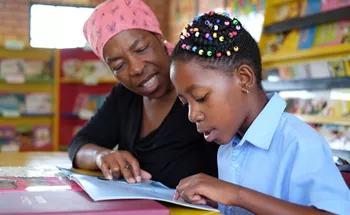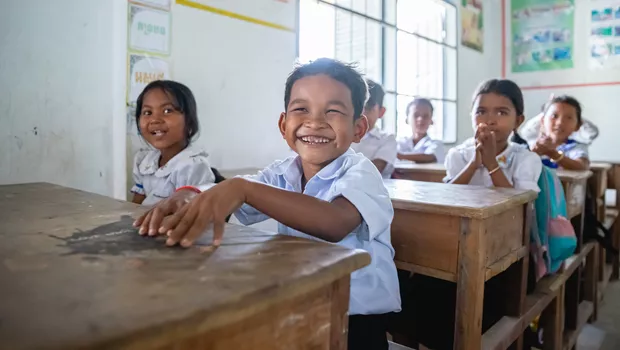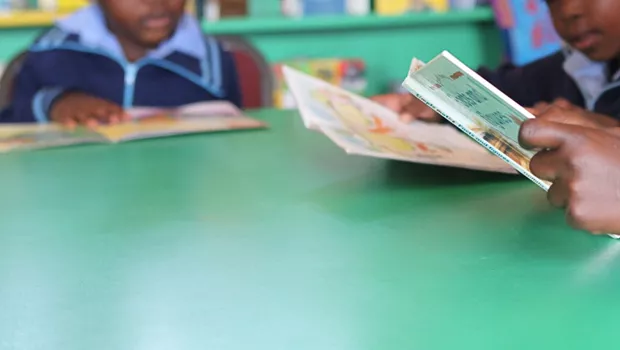
UNESCO’s World Inequality Database on Education reports that, globally, children being taught in a language they speak at home are 30 percent more likely to read with understanding by the end of primary school than those who do not speak the language of instruction.
Reflecting on the importance of reading in indigenous languages and of representation in children's stories, Muthise Bulani, former communications officer at Room to Read in South Africa, points out that, "Growing up, having books, let alone owning them, was a distant dream. The few that did manage to trickle down to us were about little girls called Tatiana with long silky hair who spoke in English, in faraway places covered in snow wanting to be ballet dancers. In my little corner of the world, it was hot and humid, covered with mango trees and the sweet smell of salt from the ocean. My world had chickens, ducks and cows who gave us fresh milk every day. There was nothing wrong with Tatiana or her dreams, but I wished to also read about Lerato, what animals she had and if they lived close to the sea as well."
Many born on the African continent can identify with Muthise’s story. Primary schools, educators and caregivers across several African countries have, historically, struggled to access storybooks representing children's indigenous languages and cultures.
Room to Read's Results in Education for All Children (REACH) Project, funded by the World Bank, was designed to address South Africa’s challenges in providing local language storybooks for young readers. Launched in 2017, the project first addressed the local book supply chain, which had historically failed to provide adequate quantity and quality of early-grade storybooks across South Africa's 11 official languages. Limited government budgets and complex book procurement systems make it difficult for committed government officials to purchase enough of the right books at the right time for schools. The same procurement systems inhibit commercial publishers from broadening the languages in which they publish.
The project also addressed the country's emphasis on formal classroom material (textbooks and readers) over books meant for enjoyment. Reading for pleasure is key to developing a lifelong love and habit of reading. Yet, when curricular text becomes the focus of literacy development, high-interest storylines and high-quality illustrations often suffer. Room to Read was uniquely positioned to lead the development of reading-for-pleasure books in South Africa, given extensive organizational experience in collaborating with governments and in publishing engaging and relevant storybooks in underserved South African languages, and in other languages throughout the world.

Between 2017 and 2019, Room to Read was able to respond to the gap in quality storybooks on the market, address the critical need for an increased focus on reading material in more African languages, namely IsiZulu, Sepedi, Xitsonga, Siswati and Tshivenda, and clarify the important distinction between storybooks and readers, all of which are essential to facilitate a sustained habit of reading in children. In addition to distributing more than 46,000 copies of local language storybooks to public schools across three South African provinces, and more than 16,000 to the public, the project also trained local publishers on best practices and guidelines for creating quality books and ensuring the continuation of local language stories.
"The biggest advantage to students learning in their mother language is that it makes it easier for them to pick up and learn other languages," said Velenkosi Mlondo, a Room to Read literacy coach. "For example, when they learn English as a second language, they refer to their mother language to understand English words.
"Learning in your indigenous language also helps to develop a cultural identity, critical thinking and literacy skills as well as build self-esteem," he continued. "Children learning in their mother language become strong independent readers because they read with meaning and understanding. Room to Read plays a vital role in ensuring this through their reading activities that are conducted both in the classroom and library using books written in indigenous languages."



